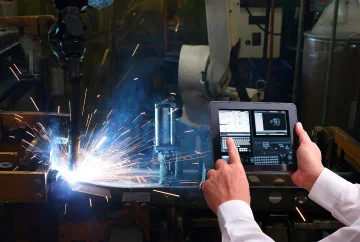Healthcare providers globally have redirected their might to fight against COVID-19. In tough times like these, not being able to deliver field service could mean the difference between life and death for many patients. Things may not return to normal anytime soon; however, taking lessons from the crisis and adapting ourselves to this new normal will help us define our path for the future.
Organizations need to think out of the box and come up with creative ways to deliver a remote service model. Unlike the conventional break/fix and calendar-based maintenance model, the more modern connected service model leverages advanced technology to efficiently deliver predictive remote support to ensure uninterrupted delivery of quality healthcare.
The Rise of Servitization in Medical Device and Life Sciences
With a changing world and the uncertain challenges that it brings for economies and industries, it becomes quite necessary for businesses to take note of this market metamorphosis and adapt according to it.
A similar change in business practice has been seen in medical equipment OEMs as an increasing share of their revenue is coming from product leasing, services, and sale of corresponding consumables rather than pure selling of equipment. This shift in paradigm has been caused by rising competition, commoditization of some medical devices and changing customer payment preferences.
A phenomenon that is being called ‘servitization’ is a result of an industry adhering to this changing market mood and maneuvering its business practices with the help of technology to differentiate based on exceptional service, improved equipment (revenue-generating and patient caring) uptime and capture higher-margin revenue streams.






